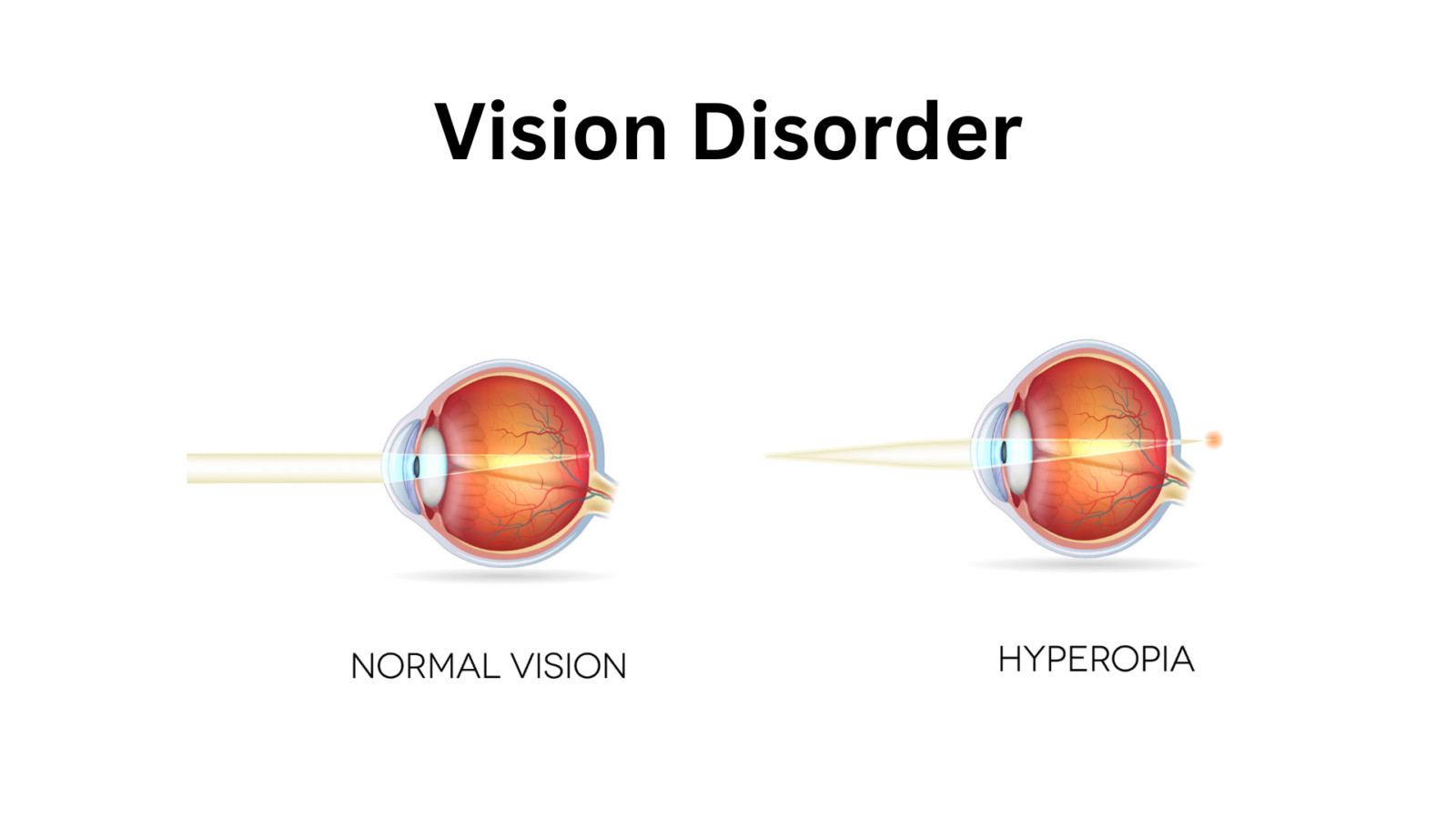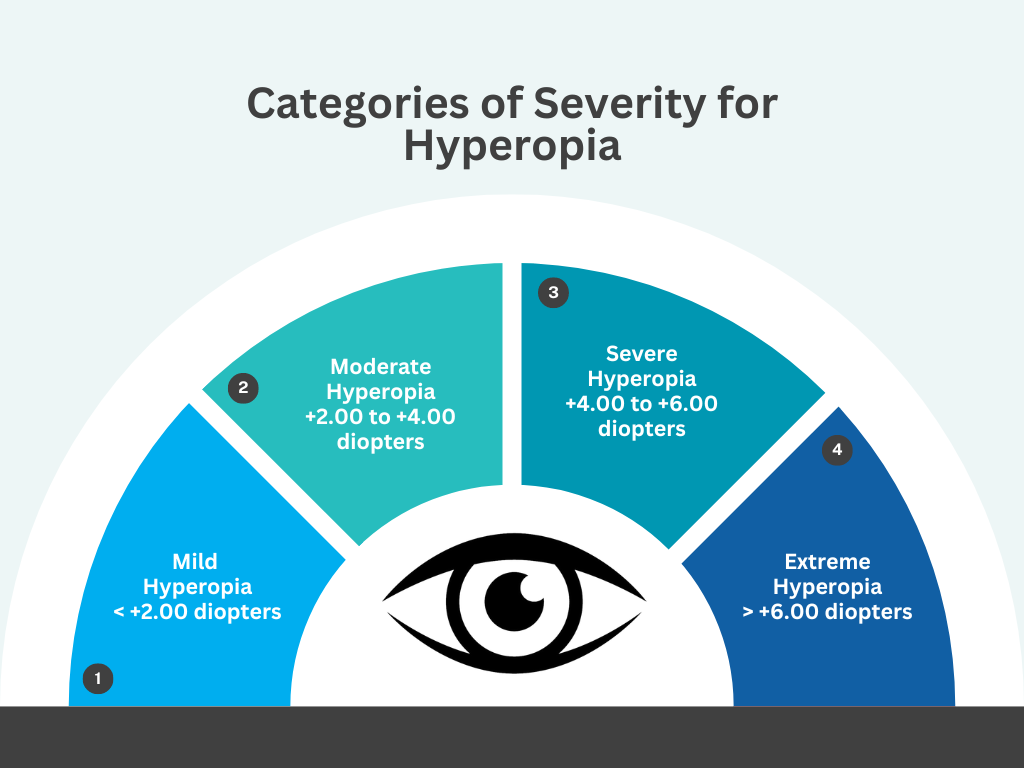What is Hyperopia (Farsightedness)?
Hyperopia (farsightedness) occurs when your eye is too short in relation to the curvature of your cornea. With hyperopia, distant objects are seen more clearly than near objects.
In hyperopia, light rays entering your eye are not bent enough and never come into focus on the retina, producing a blurred image. “Farsighted” is not an accurate term. Patients with hyperopia can use their focusing muscles to pull the image forward onto the retina, allowing them to see clearly. They can only maintain clear vision by constantly engaging the focusing muscles which causes eye strain and headaches. Mildly hyperopic (farsighted) patients tend to see very well until the lens inside the eye loses its flexibility around 40 years of age. Many people cannot overcome the effects of severe hyperopia and need glasses for both distance vision and for reading.

Normal Vision:
Clear vision is dependent on light rays converging precisely on the retina, a light-sensitive membrane at the back of the eye. The optical system of a normal eye, comprising the cornea, crystalline lens, and vitreous body, orchestrates this precise convergence, ensuring that objects are projected sharply onto the retina. This intricate process of light ray redirection is known as refraction. The total refraction of the eye is measured in diopters (D), representing the optical power of the cornea, lens, and vitreous body. When the total refractive power of the eye is zero diopters, objects are focused flawlessly on the retina, resulting in sharp, undistorted vision.
Farsightedness (Hyperopia):
Farsightedness, also known as hyperopia, typically stems from a shortened eyeball, causing the light rays to converge too late, behind the retina instead of directly upon it. This refractive error results in blurred vision, particularly for near objects. However, distant objects may still be seen clearly because the lens can compensate for the focusing issue. Optical correction for farsightedness aims to increase the overall refractive power of the eye, effectively shifting the focal point forward onto the retina. This is akin to using a converging lens to magnify the image and bring it into focus on the retina.
